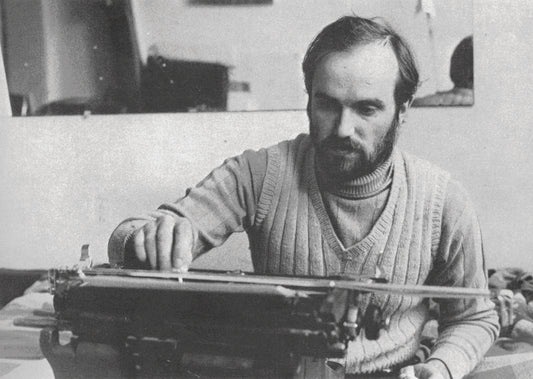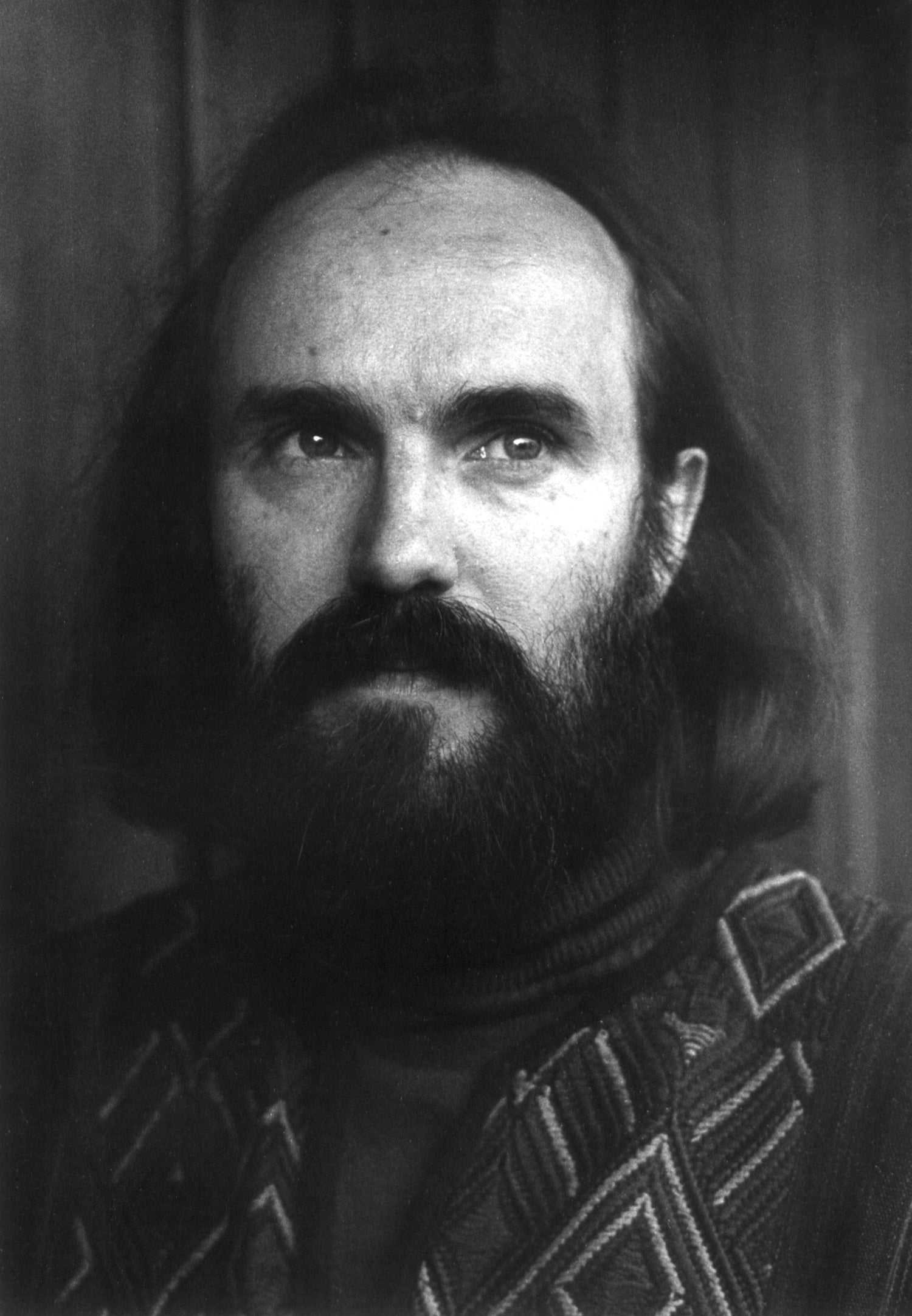
"KMH: Piano Music in the Continuous Mode", Notes by Lubomyr Melnyk
Notes from the original 1979 LP.

Lubomyr Melnyk's debut album from 1979, KMH: Piano Music In The Continuous Mode, is an unheralded touchstone of minimalism. Performing solo on piano with a speed that suggests multiple pianos playing together in harmony, Melnyk nearly brings out the full sound of the instrument all at once. His music is lush and maximal yet it possesses the restrained, slowly evolving nature found in music by artists like Steve Reich and Terry Riley. Melnyk developed his unique approach to minimalism while working with dancer/choreographer Carolyn Carlson (who also worked with Igor Wakhevitch) in Paris during the 1970's. Carlson’s influence led Melnyk to create music that is dramatic enough for the stage yet meditative enough for deep listening, a version of minimalism with the enigmatic traces of Satie.
DIGITAL TRACK LIST

Inspired by the minimal, phase and pattern musics of Steve Reich, Philip Glass, and Terry Riley, yet frustrated by the ecstatic detachment from reality they can encourage, Lubomyr Melnyk went about creating a mode of music, which he called Continuous Music, that was based in the innovations of the minimalist composers but had its roots more deeply planted in harmony. KMH (1978) is the fruition of the idea, which he began developing in 1974, and closely figures a similar sentiment that Reich expressed in his watershed Music for 18 Musicians, though Reich was detached socially as well as professionally from Melnyk. KMH, however, goes beyond the textural beauties of a piece like Music for 18 Musicians and succeeds in functioning as an engaging drama as well as a piece of music. The influence of dancer, choreographer, Igor Wakevitch-collaborator Carolyn Carlson on Melnyk underlies this.
He recalls, “The entire Continuous Music concept developed from my work with the Carolyn Carlson Dance Company which was based in Paris (at the Opera) during the mid-1970´s. This was a completely new dance format, based on Carolyn's extraordinary and mystical perceptions of dance-space-movement. There has never been nor ever will be anyone like her… She moved like a tiger and a spider and a bird all at once. She was (is) a virtual explosion of the entire physical plane and I was to play for 16 minutes straight while her students moved across the floor. She developed the moving and standing still all at once phenomenon.”
Continuous Music is structured into two formats. In the first the player generates the series of notes (the "chordal-sound continuum") up and down over the keyboard in melodic arpeggio fashion. In the second a note series is held in one rigid location, giving rise to a note pattern with a motoristic character, or a continuous multi-level line of sounds. Both formats utilize the pedal continuously so that the frequencies overlap and become a steady stream of wave-like multi-dimensional sound. The technique requires a pianist able to combine various lines of tone in a continuous stream of notes, to operate incongruous patterns in each hand and have a soft, airy agility in arpeggiating a melodic/harmonic flow.
KMH: Piano Music in the Continuous Mode was Lubomyr Melnyk's first record, yet it represents the Continuous Mode in its fully-developed form. This music transcends the barriers between consonant and dissonant, tonal and atonal. The individual notes themselves retain an independent life and unite briefly before eventually splitting off from the chord and heading into other relationships. The motions of these continua combine with other tones to form a constantly evolving harmonic structure. The continuity of the music reflects the continuity of time and life and the flow of time within the player’s life. In a live performance the music attains an intense spiritual state.
In 1975, Edward Bond, reviewing a performance by Lubomyr Melnyk stated, ”It is unlike anything heard before … one felt the piano was always meant to sound this way!”